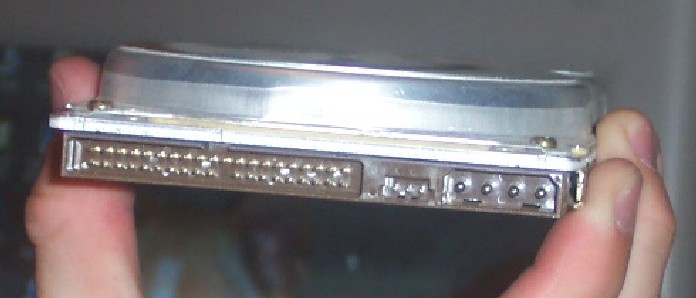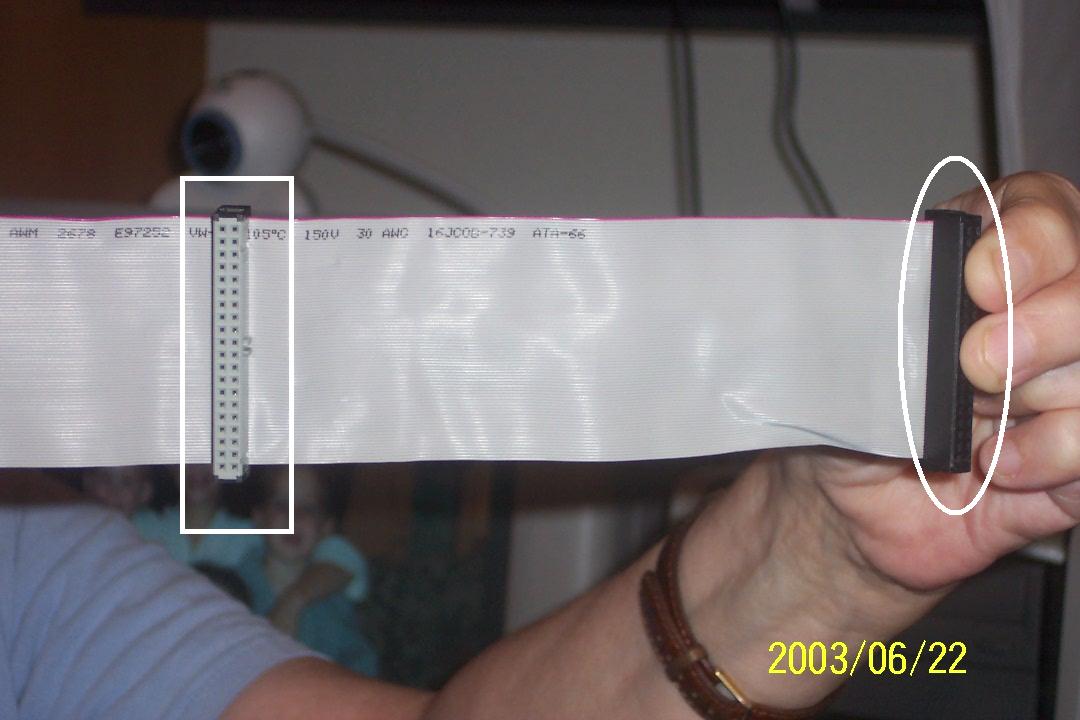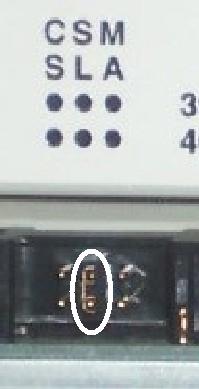BUTTONS
HARD DRIVES

There are three main types of hard drives available for a person to buy: IDE hard drives, SCSI hard drives, and
SATA hard drives. Each type of hard drive uses a differnt type of interface to connect to the motherboard, which must also be of
the same type. This may sound confusing, but all home computers use IDE hard drives. SCSI hard drives are very fast and
expensive, which is why a person finds them on computers which are servers used for businesses. SATA hard drives are a relatively new technology
with a faster transfer rate than an IDE hard drive.

When buying a hard drive there are three numbers a person needs to look at: the size of the hard drive, the disk rotational
speed, and the transfer rate. The size of the hard drive today is measured in gigabytes and generally come in steps of
20GB. For the average computer user a 40GB hard drive would suit them just fine. It is when a person plays a bunch of three
dimensional games or does video editing, a person needs to step up to a 80GB hard drive or higher. There are two
rotational speeds available for IDE hard drives: 5400 RPM and 7200 RPM. This number represents how fast the disk spins, thus
how fast it is able to read or write. A 7200 RPM drive is reccommended for faster program installs and quicker file openings
for people who get frustrated with the speed of their computer. There are three different transfer rates available in IDE
hard drives: ATA-66, ATA-100, and ATA-133. These numbers represent the maximum number of megabytes the hard drive can handle
at any given second. These are not sustained rates, only a burst rate. The rate at which the hard drive can handle data
continuously is generally half of the burst rate. See the IDE cable picture below.

Looking at the picture above, see how the cable has two connectors. That is because two devices can be connected to one
cable and operate independently. This can only be done by setting the jumpers on back of the hard drive. A person has three
options: Master, Slave, and Cable Select. You can only have one master drive and one slave drive per cable. The Cable Select
jumper enables the computer to determine which drive will be master and which drive will be slave. The end connector
outlined by the white circle is always the master drive. The middle connector outlined by the white square is always the
slave drive. A picture of a jumper is shown below.

SATA hard drives are a new technology so there is little hardware you are able to buy right now since both your hard drive
and motherboard have to have SATA connectors. SATA hard drives use less power than IDE hard drives and have a faster transfer
rate at 150 MB/s. SATA hard drives are available in 10000 RPM which is offered by SCSI drives but not by IDE drives. SATA
offers greater ease of use by eliminating the need to set jumpers. There can only be one hard drive connected to each cable.